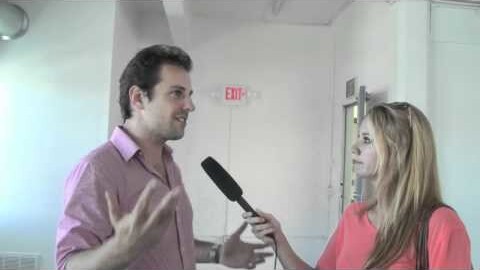
A few years ago, it was not uncommon to hear search people talk about The Dark Web (also known as Dark Net or the Deep Web). Basically, the Dark Web is made up pages or files that are unreachable by search engines. Examples of this sort of content include information that sits behind login, or pages without inbound links. Some estimates put the Dark Web at about 400 times the size of the Surface Web (content indexed by search engines).
Google has invested tremendous resources in lighting up, or indexing these hidden pieces of content. An example of their efforts was their 2008 announcement that they could now index the contents of .PDF files, a “feat that requires and an immense amount of processing power.”
Why would Google do this? The short answer is fear. The longer that Google allowed such a massive amount of content to go unindexed, the more exposed they were to potential competitors able to light up and organize this information.
Flash forward to 2011. We are now witnessing a similar dynamic, but the battlefield has shifted from search to social. Just as Google had early dominance in lighting up a portion of the web, Facebook has early dominance in lighting up a portion of the world’s social graph. But much like the Dark Web, there exists network upon network not yet graphed by Facebook, waiting to be mapped, organized, and optimized for communication.
This is the unlit social graph, and this is where Facebook is vulnerable.
Let’s talk examples.
For years I have been looking for a solution to the pick-up basketball problem. I have a large-ish network of people that I play hoops with in San Francisco. This network has not yet been lit up by any online service. While most of these people are on Facebook, they are hard to organize as I don’t know many of their last names. And furthermore, even if I did know their last names, I would feel awkward friending them on Facebook, as they’re not really my friends.
It’s a network, but it’s not a friend network, not a professional network, and not a work network. This particular network is a place based network, aligned around various basketball courts in San Francisco.
Over the years, we’ve tried to light up our hoops network, but haven’t been able to find the right tools. We tried Google Groups, but it got overrun by spammers. A Facebook Group set up for this purpose never really got traction.
We tried GroupMe, but the push aspect wasn’t appropriate, it needed to be pull – find ballers when you’re ready to play, not when others are ready to play.
Just last week, I read about a company called Sportaneous that is trying to solve this problem.
Ubiquitous smartphones and always on access to umbrella social graphs are suddenly making these sort of tools possible.
And the opportunity is far larger than pick-up basketball, or even sports. Every school is a network, every employer is a network, every bar is a network, every office building is a network, every hobby is a network, every neighborhood is a network, and at an extreme level, every shared interest is a network, regardless of location.
This doesn’t even get at the disposable, or elastic networks as discussed by companies like Nearverse and Color – people that happen to just be nearby each other for a snapshot of time.
All of these networks share two common characteristics. 1) They are not yet graphed in a mainstream way by Facebook, Twitter, LinkedIn, Jive, or any other dominant, online social service; and 2) They are all mappable with a smartphone.
Much like Google moved decisively to index huge swathes of the Dark Web, Facebook will almost certainly look at ways to better map some of the relationships discussed in this article.
But that doesn’t mean that there aren’t huge opportunities for thousands of startups.
As an entrepreneur, there is a lot to be excited about right now. But for me it doesn’t get more exciting than finding and mapping the unlit social graph.
Get the TNW newsletter
Get the most important tech news in your inbox each week.




